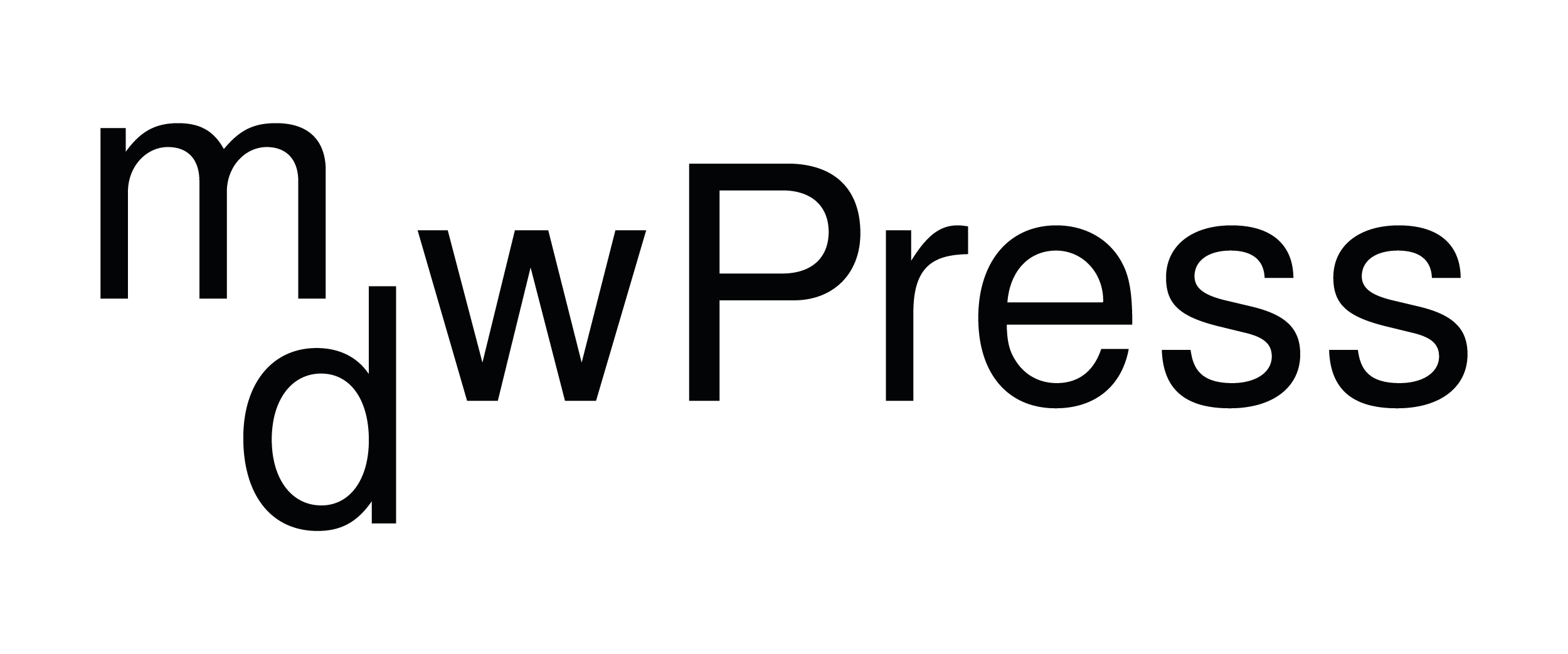
Music Mediation and the Socio-Ecological Transition
Deadline for contributions: December 31, 2024
The literature already highlights the ability of artists (Paquet 2021; Paquet and Rouleau 2022) and especially musicians (Adams et Donin 2022; König 2024) to convey the narrative and imaginary themes of ecological transition in new ways. The idea that arts and culture – conceptualized as the fourth pillar of sustainable development alongside economic growth, social inclusion, and environmental sustainability in the UN Agenda 21 for culture – can serve ecological, environmental, climatic, and sustainable development causes is well-established (Ardenne 2019). Performers and composers engage audiences in a form of aesthetic mediation (Caune 2018) that prompts reflection on human activity as a primary factor in transforming our living environment. Concepts such as the Anthropocene (Benner et al. 2022) or the Capitalocene (Moore 2016; Haraway 2016) permeate these works, emphasizing the role of individuals in recent environmental transformations. Thus, ecological transition is recognized as socio-ecological, acknowledging human influence on the deterioration of our ecosystem, climate change, and biodiversity loss.
How do the participatory and socially engaged musical practices supported by music mediation contribute, in their “intervention strategies” (Fourcade 2014), to reflection on territorial transformation, and can they become accelerators of this socio-ecological transition? In short, what happens when music mediation encourages reflection on socio-environmental issues? For this second issue of IJMM, using the concept of “transition” introduced by Hopkins in 2008, we ask whether and how music mediation can play “a catalytic role in enabling communities to explore and imagine their own responses” (Hopkins 2014, 134) to environmental challenges.
Authors are invited to document and analyze the narratives and imaginaries of sustainability and resilience presented in these activities, describe significant initiatives, present concrete practices from a contemporary or historical perspective, and address the conceptual and paradigmatic issues raised by a transition-oriented approach to music mediation.
To this end, proposals for articles may fall into the following areas, or suggest others:
Challenging
Awareness-raising, consciousness-raising, intervention: What are the objectives of the participants involved in these music mediation activities? From the grimness (Knowlton 2017) that accompanies the notion of “Capitalocene” to the more optimistic horizons of the “Symbiocene” opening onto “a new geological age in which the living-together of living species carries meaning” (Boisclair 2021, 69), what imaginaries of the climate crisis are developed in music mediation? What “population-environment” relationships are explored?
Existing
From a socio-ecological transition perspective, how can we support individuals in developing collective solutions rooted in social thinking based on community initiatives, solidarity, and strengthening the social fabric, using music as a lever? Beyond interpellation, storytelling, and scientific popularization, how are these mediation activities shaped (or, as Nicolas Donin puts it, “in-formed”, i.e. formed from within) by these socio-environmental issues? What forms do these environmental mediation mechanisms (Le Méhauté 2022) with a musical dimension take? Who are the bearers of these practices, and who participates in these activities? As with sound activist artists, does music enable them to address the issues of socio-ecological transition in a specific way?
Resisting
Do these music mediation activities produce changes within the organizations or communities that host them? Do these activities lead to concrete or lasting action? Do they make the ecological transition more desirable in the eyes of participants?
Deadline for contributions: December 31, 2024
Bibliography
Adams, John Luther, et Nicolas Donin. 2022. « Faire de la musique dans l’Anthropocène : comment composer avec les temps de crise ?1 ». Circuit 32 (2): 22‑27. https://doi.org/10.7202/1091899ar.
Ardenne, Paul. 2019. Un art écologique. Création plasticienne et anthropocène. 2e éd. La muette. Bord de l’eau.
Benner, Susanne, Gregor Lax, Paul J. Crutzen, Ulrich Pöschl, Jos Lelieveld, Hans Günter Brauch, Klaus Töpfer, et Jürgen Renn, éd. 2022. Paul J. Crutzen and the Anthropocene: A New Epoch in Earth’s History. The Anthropocene, Volume 1. Cham, Switzerland: Springer.
Boisclair, Louis. 2021. Art écosphérique: De l’anthropocène... au symbiocène L’expérientiel 3. Mouvement des savoirs. Paris: L’Harmattan.
Caune, Jean. 2018. « La médiation culturelle ». L’Observatoire N° 51 (1): 9‑11.
Donin, Nicolas, éd. 2022. « Composition musicale et souci écologique : vers une nouvelle justesse ? » Circuit : musiques contemporaines, Volume, 32 (2): 9‑21.
Fourcade, Marie-Blance. 2014. « Lexique. La médiation culturelle et ses mots-clés ». Culture pour tous. https://www.culturepourtous.ca/professionnels-de-la-culture/mediation-culturelle/wp-content/uploads/sites/6/2015/05/lexique_mediation-culturelle.pdf.
Haraway, Donna J. 2016. Staying with the Trouble: Making Kin in the Chthulucene. Duke University Press. https://doi.org/10.2307/j.ctv11cw25q.
Hopkins, Rob. 2014. The Transition Handbook: From Oil Dependency to Local Resilience. Repr. Cambridge: Green Books.
Knowlton, Nancy. 2017. « Doom and Gloom Won’t Save the World ». Nature 544 (7650): 271‑271. https://doi.org/10.1038/544271a.
König, Bernhard. 2024. Musik und Klima. Oekom - Gesellschaft fur Okologische Kommunikation mbH.
Le Méhauté, Nicolas. 2022. Médiations environnementales: pour construire un monde commun. Trajets. Toulouse: Erès.
Moore, Jason W., éd. 2016. Anthropocene or capitalocene? nature, history, and the crisis of capitalism. Kairos. Oakland, CA: PM Press.
Paquet, Valérie. 2021. « Culture et transition socioécologique. L’art de l’urgence : conjuguer pratique des arts et pratiques écologiques. » Québec: ARTENSO.
Paquet, Valérie, et Jonathan Rouleau. 2022. « L’art de l’urgence : de nouveaux récits pour penser les changements climatiques ». Le Climatoscope 04 (4): 111‑14.
